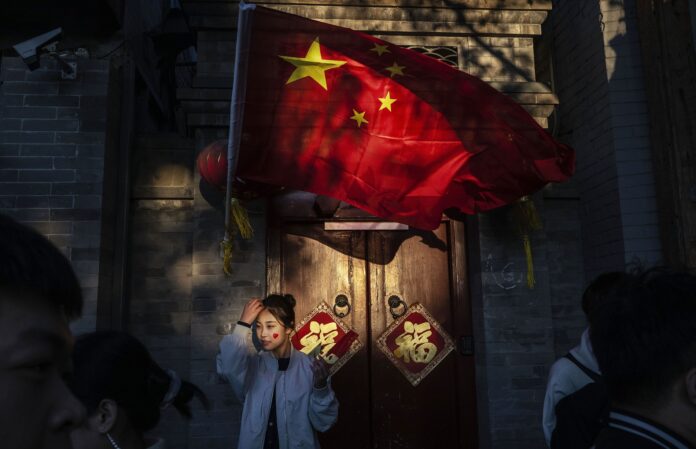After months of downbeat economic news and little action from the Chinese government, Beijing has announced a slew of stimulus measures. At the end of September, the central bank announced interest rate cuts and a 500 billion renminbi (U.S.$71.30 billion) program to fund stock purchases by brokers, funds, and insurers, causing an immediate surge on China’s markets. Other stimulus measures included interest rate cuts, lower mortgage rates for existing loans, and a reduction in the down payment ratio for second homes from 25 percent to 15 percent. On October 12, Finance Minister Lan Fo’an said the government is looking at additional ways to boost the economy. On October 17, Minister of Housing and Urban-Rural Development Ni Hong announced that by the end of the year the government will increase the number of housing projects eligible for financing, and raise bank lending for those developments to 4 trillion renminbi (U.S.$562 billion).
Why did the government and central bank wait so long to unveil the September stimulus measures, and how seriously can we take Finance Minister Lan’s words? Are the stimulus measures enough to make a difference and are they going to work as long as secular trends like demographics and global uncertainty don’t change? What will signal the stimulus measures are working? How will China’s economy to perform in the next year? —The Editors

